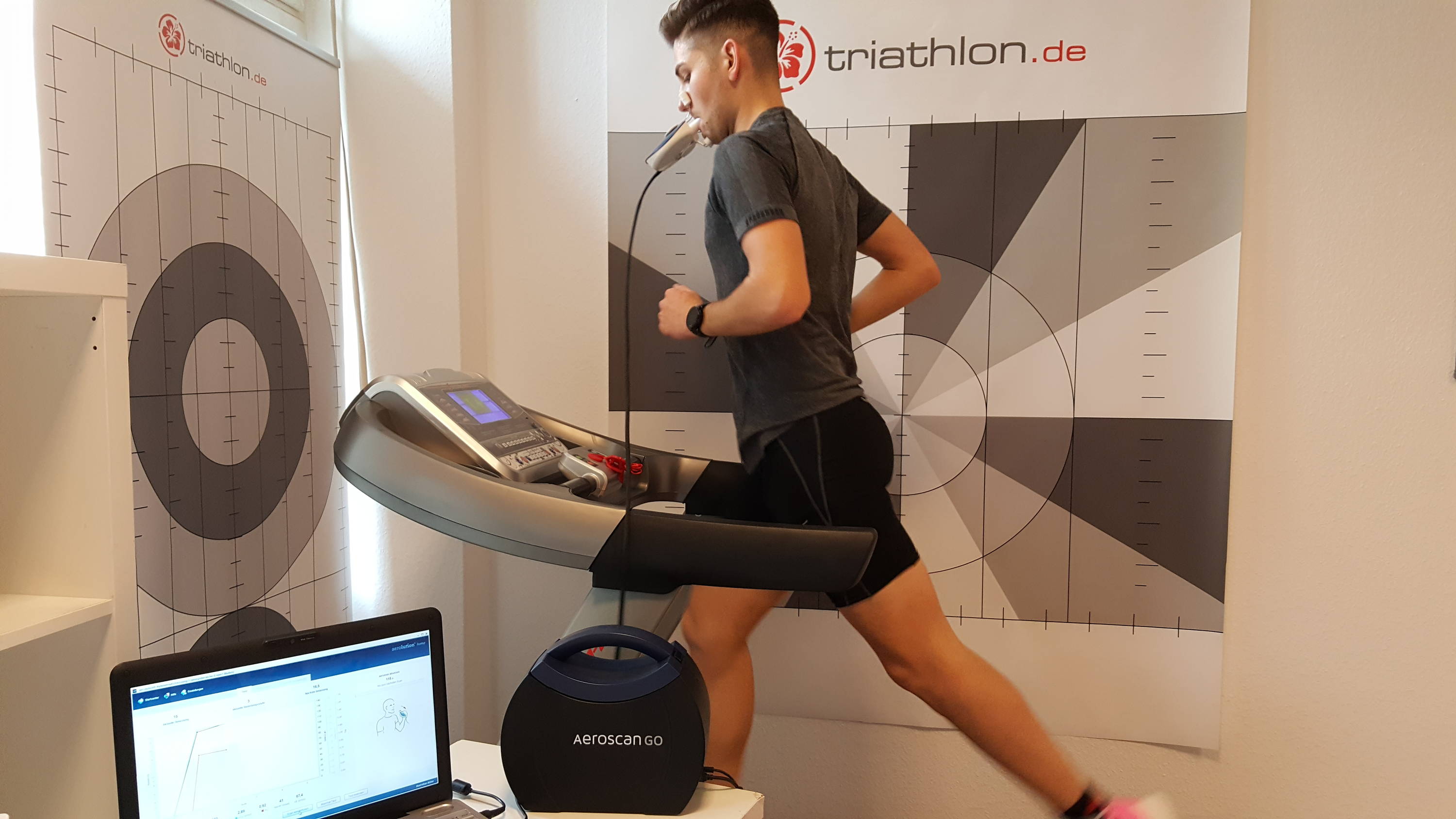Unter Ausdauersportlern wird viel über die anaerobe Schwelle diskutiert. Manchmal soll darunter, manchmal darüber trainiert werden. Was ist eigentlich diese anaerobe Schwelle und was steckt dahinter? triathlon.de klärt auf.
Grundsätzlich wird die anaerobe Schwelle, als die höchstmögliche Belastungsintensität, die noch ohne zunehmende Übersäuerung (Laktatanhäufung) aufrechterhalten werden kann, definiert. Es geht also um die Intensität, bei der sich gerade noch ein Gleichgewicht zwischen Laktatbildung und -elimination aufrechterhalten lässt.
Auch Steady-State genannt
Dieses Gleichgewicht wird von der Wissenschaft auch als sogenanntes Steady-State bezeichnet. Laktat wird also immer, auch schon bei niedrigen Intensitäten gebildet, aber gleichzeitig auch von Muskulatur und Leber wieder abgebaut. Je besser der aerobe Stoffwechsel trainiert ist, desto mehr Laktat kann vom Körper eliminiert werden.
Zu viel Laktat und Deine Muskeln werden sauer
Ab einer gewissen Belastungsintensität allerdings reicht die Kapazität des oxidativen Abbaus nicht mehr aus, um die Laktatbildung zu decken. Die Folge davon ist ein stetiges Ansteigen der Laktatkonzentration. Diese führt dazu, dass die Belastung nicht mehr über längere Zeit durchgehalten werden kann. Man sagt auch, dass die Muskulatur übersäuert.
Eine Belastung, bei der sich gerade noch ein Laktat-Steady-State einstellt, wird als maximales Laktat-Steady-State (maxLass) bezeichnet und ist ein gutes Kriterium für die Ausdauerleistungsfähigkeit. Die exakte Bestimmung dieses maxLass ist jedoch sehr aufwendig und würde mehrere Tage beanspruchen.
Und hier kommt die anaerobe Schwelle ins Spiel
Wissenschaftler haben versucht einfachere Testmöglichkeiten für das maxLass zu finden. Sie fanden heraus, dass durchschnittliche Belastungen mit etwa 4mmol/l Laktat (also 4mmol Laktat je Liter Blut) noch über längere Zeit aufrechterhalten werden konnten. Die Intensität an der 4mmol-Schwelle konnte nun mittels einfachen Stufentests bestimmt werden und wurde als anaerobe Schwelle bezeichnet. In der Trainingspraxis zeigte sich jedoch, dass dieser Schwellenwert für gut ausdauertrainierte Sportler zu hoch war.
In der Folge wurden weitere Schwellenkonzepte entwickelt, die als individuelle anaerobe Schwellen (iANS) bekannt sind. Alle diese Konzepte sind allerdings nur Hilfsmittel für die Bestimmung des maximalen Laktat-Steady-State und können die physiologische Grundlage deshalb nur annähernd bestimmen.
Modellabhängig: Für Triathleten bei drei oder vier Milimmol?
Ein Schwellenkonzept ist zum Beispiel das Mader-Modell. Dieses legt die IANS (individuelle anaerobe Schwelle bei fixen 4 mmol/l (also 4mmol Laktat je Liter Blut) fest. Das Dickhuth-Modell (siehe Bild oben) dagegen legt die Schwelle etwas niedriger bei 1,5mmol Laktat über der aeroben Schwelle (IAS) fest.




















